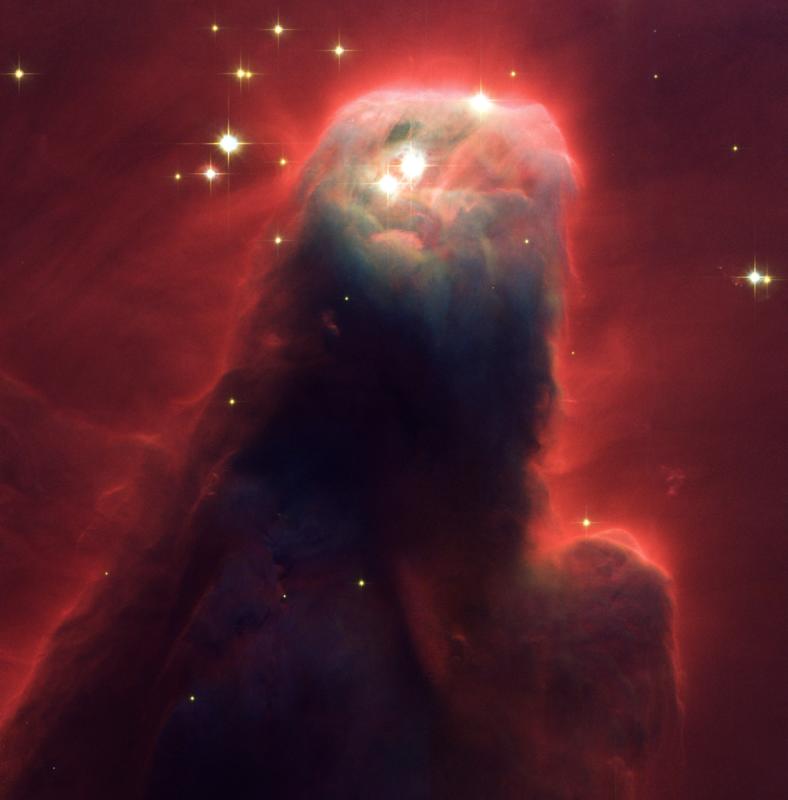Galaxy Having a Major Baby Boom
Astronomers have discovered a distant galaxy making stars at an amazing rate. It is creating stars at a rate more than a thousand times that of the Milky Way, but the remarkable thing about it is its extreme distance. This galaxy may call into question the current theory of how galaxies form.
The galaxy, nicknamed the baby boom galaxy, is making stars at a rate of about 4000 per year, compared to the Milky Way, which makes only 10 stars per year. This galaxy is also located very far from us, 12.3 billion light years. We have observed other starburst galaxies before, but none this far away, or similarly this old. This galaxy is a very young galaxy, since it is so far, we are looking at it as it was almost 12 billions years ago. That gives this galaxy the record for furthest (or youngest) starburst galaxy ever observed. The furthest before this one was 11.7 billion light years from us.
Now this galaxy calls into question the current most popular model for how galaxies are believed to form, called the hierarchal model. This model states that galaxies form slowly by consuming other smaller galaxies and star clusters, thus the stars in the galaxies should all have different birthdays. However, with this new galaxy all the stars will have very similar birthdays, meaning formation of around the same time. So the question now is whether this case is the norm or the exception. With this kind of star formation we may be witnessing the birth of one of the most massive elliptical galaxies in the universe.
The discovery of this was only possible through combined use of several different telescopes. Measurements in the radio wavelengths were made with the National Science Foundation’s Very Large Array in New Mexico. Infrared data was used from both the Spitzer space telescope and the James Clerk Maxwell Telescope on Mauna Kea Hawaii. Visible light images were used from both the Hubble Space Telescope and Japan’s Subaru Telescope also atop Mauna Kea. The identification of this galaxy and its properties would not have been possible without observations in the full range of the light spectrum. So its discovery is a fine example of the combination of different available technologies, from different sponsoring organizations. Now that we know how to find them, i.e. using data from across the electromagnetic spectrum, hopefully we can find out if galaxy baby booms were common in the distant universe, and if not, what is special about this case.
Tags: astronomers, galaxies, galaxy, Hubble space telescope, milky way

